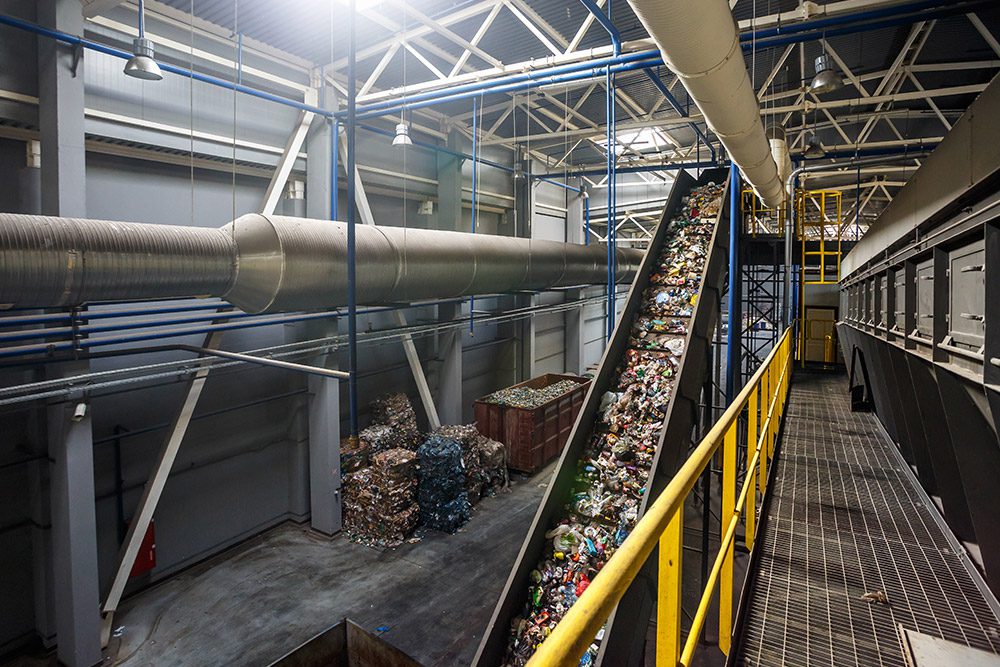Growing populations and urban sprawl create new challenges for solid waste management facilities. Lack of space for increased solid waste may seem like the biggest problem, but another looming issue is communities’ increased exposure to odors from these facilities.
Odor analysis plays a crucial role in empowering facility managers to control odors by identifying, measuring, and characterizing the different compounds responsible for the intrusive smells and creating a customized mitigation system to address concerns.
What is Odor Analysis?
Odor analysis is an essential part of any comprehensive odor mitigation effort.
While the mechanics behind running an odor analysis are complex, the methodology is relatively simple. The newest method (GS-MS/O) relies on two processes: gas chromatography-mass spectrometry(GC-MS) and olfactometry detection.
Gas Chromatography-Mass Spectrometry (GC-MS)
Typical GC-MS analysis is relatively straightforward. First, air samples from around the facility are taken and run through a machine that separates and identifies the different compounds present.
On its own, GC-MS is a fairly accurate method for understanding the chemical composition of emissions, including potentially foul-smelling substances.
However, the human nose remains one of the most sensitive detection systems out there. That means compounds present at levels below the threshold of detection for GC-MS may still wreak havoc on nearby communities.
That’s why the second process, olfactometric detection is also necessary.
Olfactometric Detection (The “O” in GC-MS/O)
Odor analysis also relies on olfactometric detection or sensory detection.
In olfactometric detection, trained professionals use specialized equipment to smell odorous chemicals in the same concentrations detected during GC-MS. In doing so, they can identify if an odor is detectable, its characteristics, and its intensity.
These professionals can also be used on-site to help detect odors at a concentration too low to be discovered using GC-MS
An alternative qualitative odor assessment can be accomplished by use of an Odor Panel, a panel of individuals trained according to the “Guidelines for Selection and Training of Sensory Panel Members” (ASTM Special Technical Publication 758).
How Odor Analysis Supports the Implementation of Comprehensive Odor Control Systems
At Byers Scientific, we know spending the time to identify and characterize the odorous chemicals emitting from your solid waste facility is a worthwhile investment.
First, it allows for targeted odor control methods. Rather than installing unnecessary machinery or relying on a sub-optimal odor neutralizer formula, you can invest in the necessary equipment and strategies to mitigate your facility’s identified odors.
Second, understanding the exact makeup of your facility’s odorous emissions allows us to recommend the most effective mitigation approach—vapor-phase, scrubbing, fogging, or a combination—for your specific problem odors.
Finally, an odor assessment can help detect the source of problem odors, allowing for more targeted odor control systems.
Odor analysis and assessment has proven to be an effective method for improving odor control efforts at waste sites worldwide. Reach out to our team of odor mitigation experts to find out more about odor analysis and the top mitigation technology available to you.


